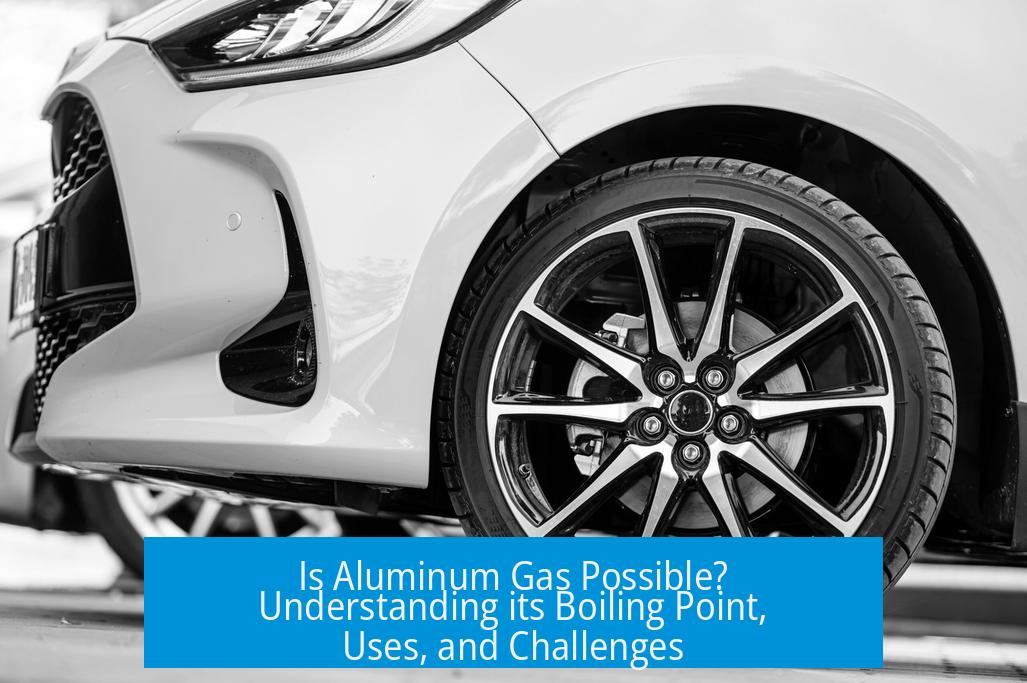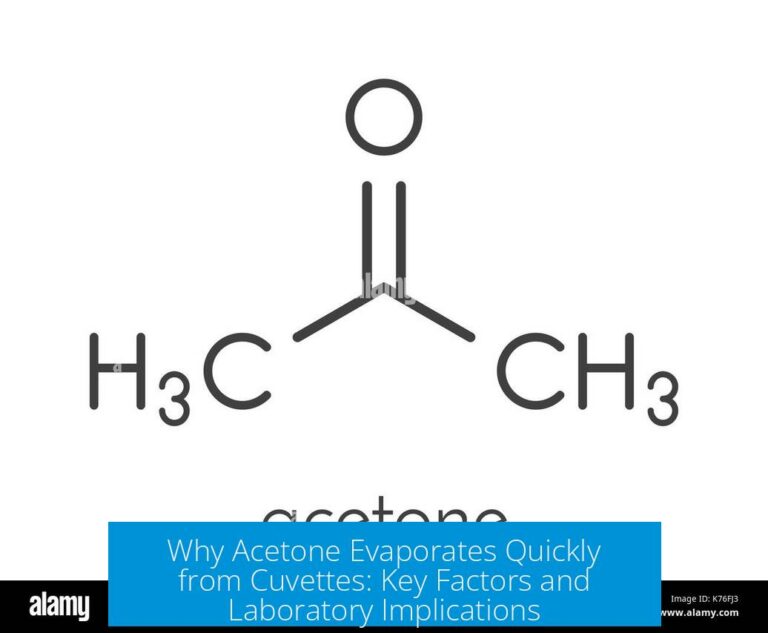Is Aluminum Gas Possible?
Aluminum can exist as a gas when heated to extremely high temperatures, typically above its boiling point of 2743 K (2470 °C). This state is achievable primarily in controlled environments such as high vacuum chambers, enabling applications like vapor deposition. However, handling gaseous aluminum is complex due to temperature and containment challenges.
Aluminum Boiling Point and Gas Phase
Aluminum boils at about 2743 K under atmospheric pressure, though this boiling point decreases with lower pressure. At these temperatures, aluminum transitions from a liquid to a gas, forming aluminum vapor. Any metal can reach a gaseous phase if heated sufficiently. Thus, aluminum vapor is physically possible, but requires conditions not commonly encountered outside specialized labs or industrial setups.
Industrial Uses of Aluminum Vapor
Industrially, aluminum vapor plays a critical role in metal coating techniques. Ion vapor deposition uses aluminum vapor to create thin, uniform metal layers on substrates. Physical vapor deposition (PVD) also employs aluminum vapor to coat surfaces, including plastic foils like Mylar and astronomical mirrors.
- Heating molten aluminum above 1600 °C in a high vacuum generates sufficient vapor for deposition.
- This vapor-based method produces reflective layers for objects like birthday balloons and insulating films.
Challenges with Aluminum Vapor
Though aluminum gas can be created, containing and using it is difficult. Maintaining extreme temperatures is energy-intensive. Additionally, aluminum vapor reacts readily in the presence of air, demanding vacuum or inert atmospheres to prevent oxidation and contamination.
Comparison to Other Metals and Natural Occurrences
Unlike aluminum, alloys like steel do not have a singular boiling point and break down into separate component vapors. This complexity complicates their gaseous phase behavior. Nature indirectly suggests metal vapors exist; for example, iron clouds form in brown dwarfs, where molten iron rain is hypothesized.
Key Points
- Aluminum boils at 2743 K and forms vapor at high temperatures.
- Aluminum vapor is used in ion and physical vapor deposition for coatings.
- Maintaining aluminum gas requires extreme conditions and vacuum environments.
- Aluminum vapor coating is common in products like foil films and mirrors.
- Gaseous phases of alloys like steel are more complex than pure metals.
1. Can aluminum exist as a gas?
Yes, aluminum can exist as a gas, but only at very high temperatures. It boils at about 2743 K (2470 °C) at atmospheric pressure. Lowering pressure reduces this boiling point.
2. How is aluminum gas used in industry?
Aluminum gas is used in processes like ion vapor deposition and physical vapor deposition. These techniques coat surfaces such as mirrors and plastic foils by evaporating aluminum under high vacuum.
3. What challenges come with using aluminum gas?
Containing and handling aluminum gas is very difficult because of the high temperatures needed and its reactive nature. This makes practical use complex and limited.
4. Is aluminum gas similar to other metal vapors?
Yes. Like aluminum, other metals can also form vapors at high temperatures. However, alloys like steel have complex vapor compositions that differ from pure metal vapors.
5. Do metal vapors occur naturally?
Natural metal clouds might exist in extreme conditions like brown dwarfs, where iron can form clouds and rain. Aluminum gas is not commonly found in nature under normal conditions.





Leave a Comment